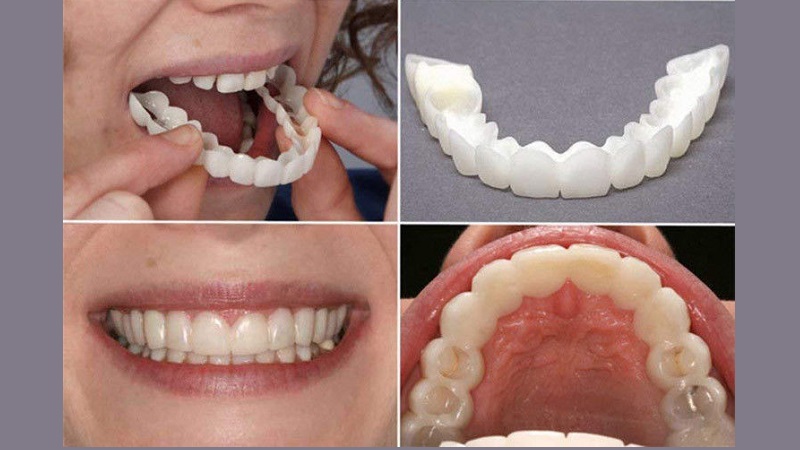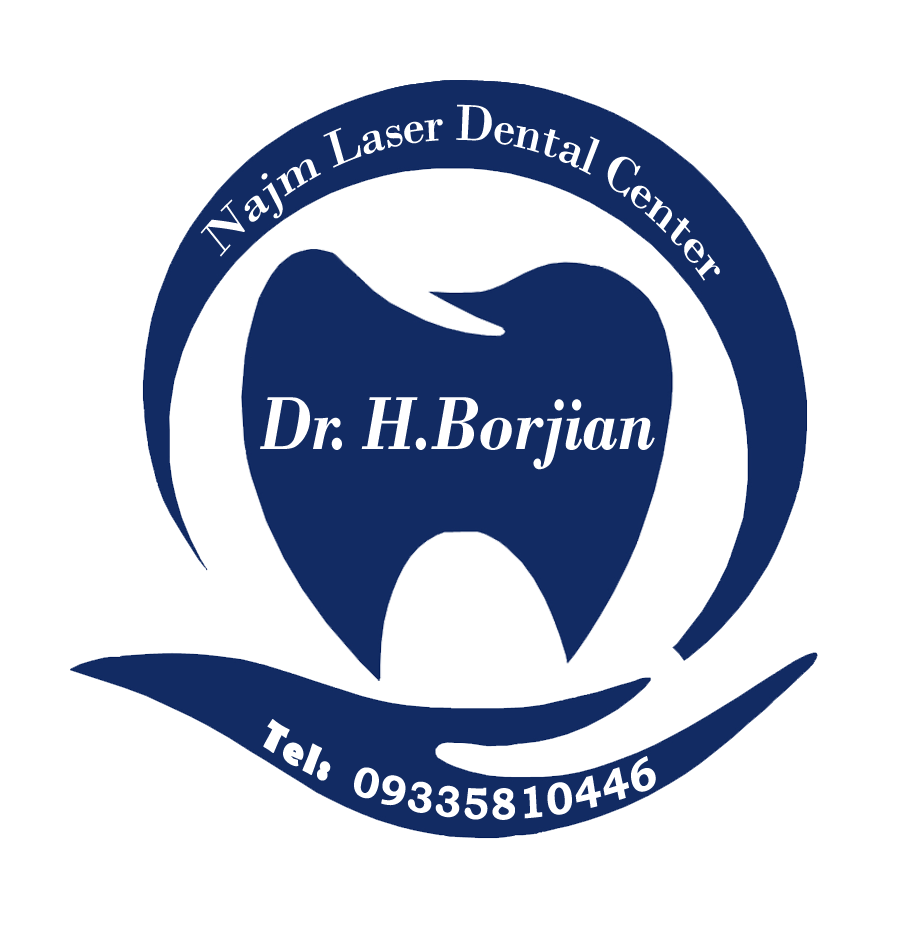Information about dental veneers
In the continuation of this article, Dr. Hossein Borjian's website The best cosmetic dentist in Isfahan We will review some information about dental veneers.
The steps of veneering teeth are as follows:
- The dentist will examine your mouth and take an X-ray photo of the tooth in question to determine the state of decay inside the tooth and the state of its roots..
- Then the tooth must be prepared. In the preparation process, the tooth is shaved to create enough space for the crown to be added.
- It is molded from the teeth. Then it is sent to the laboratory to make the mold repair.
- After the veneer is ready, the dentist will put the veneer on your tooth and try it on and adjust it if needed..
- If there are no problems, the crown is attached to the tooth.
How to connect to the teeth
The type of attachment of the veneer to the tooth is slightly different in the case of temporary and permanent veneers. Dental crowns The temporary should only be left on the tooth until the permanent crown is ready. To attach the permanent veneer, an adhesive is used that establishes a chemical bond with tooth enamel and cannot be removed. But the glue used for temporary veneers is weaker and can be easily removed.
Tooth pain and sensitivity after coating
Sometimes you may have tooth pain or sensitivity after veneers. Usually, tooth pain or sensitivity after veneers is temporary and not a serious problem. It is possible that the dental crown is too long and puts pressure on the opposite tooth. As a result, the tooth hurts. In this case, you only need to visit the dentist again to adjust the veneer.
Suggested content : The effects of finger sucking and pacifier on children's teeth
But in some cases, it is caused by more serious problems. For example, the tooth may have been infected or its nerves may have been damaged during shaving or before. In this case, the cover should be removed and the tooth should be treated. If you have tooth pain or sensitivity after veneers, talk to your dentist to have this situation checked.
Caries under the dental veneer
It is recommended to go to the dentist every six months or at least once a year to check the condition of the teeth and dental restorations, so that if there is a problem, it can be treated on time.
In cases where the veneer is old or parts of it are separated from the tooth for other reasons, bacteria penetrate under the veneer and start multiplying in a safe space.. If you do not notice this happening in time, the tooth under the cover will suffer from decay and worm corrosion
You may not notice this condition until the decay has progressed and spread. If you do not go to the dentist for a checkup examination, you will probably go to the dentist with a toothache or tooth sensitivity and find out about this problem..
To treat the decay under the veneer, the dentist removes the veneer from the tooth and scrapes and drains the decayed parts of the tooth.. If the infection has not yet reached the tooth pulp and there is no need for nerve extraction, the tooth will be filled and protected with a new dental veneer.. If the infection has reached the pulp, denervation should be done first, and then the tooth is covered for further protection.

Information about when to change the cover
If the crown is made for beauty, you can replace it whenever it loses its beauty. But in general, all-ceramic and metal-ceramic dental veneers have a lifespan of between 5 and 15 years. Therefore, after this period, the cover must be changed. You don't need to replace the crown any time the dentist thinks it's fine. In the case of metal coatings, the lifespan is estimated to be more than 20 years.
Sometimes you need to change the cover for other reasons:
- Gum recession around the teeth
- Gum swelling or toothache
- Depreciation and coating damage
- Discoloration of the coating
The life span and durability of dental crowns is up to 5 years if not taken care of, but if oral and dental hygiene is taken care of and dental floss is used daily, the life of dental crowns reaches 15 years.. Also, by visiting the dentist every six months and using the best type of coating, its life will reach 20 to 30 years..
Caring for dental veneers
You need to take extra care of your teeth when you get your teeth covered.
- Hard foods that may cause chapped or chapped lips Dental crowns should not be chewed.
- You should always brush your teeth regularly so that both the health of the gums around the teeth is maintained and the dental veneer maintains its beauty and does not get plaque..
- Brush your teeth after every meal. If you are in a place where it is not possible to brush your teeth, rinse your mouth thoroughly with water. Floss every day to clean the teeth. If you do not know the correct way to brush your teeth, ask your dentist because it is very important to brush your teeth correctly.
- Do not use whitening toothpaste to brush your teeth. Get fluoride toothpaste.
- Buy a toothbrush with soft bristles and do not use hard toothbrushes because they may damage the gums and the surface..
- Visit the dentist every six months for a checkup.
The Instagram page of Dr. Hossein Borjian, the best cosmetic dentist in Isfahan
The need to cover denervated teeth
All the teeth that undergo root canal treatment do not necessarily need to cover the denervated tooth, those that use filling materials for half or two thirds of the crown of the tooth, it is better to cover them, because these teeth are weakened and there is a possibility Their breakage increases.
How to cover immediate and removable teeth
Immediate and removable dental veneers are called Snap-on-Smile. This method was recently discovered and is suitable for people who do not want to shave the surface of their teeth and have beautiful teeth quickly..
This method is not permanent and can be used only in parties, ceremonies and situations that are important to you. It is made as a unit and connected teeth.
Ways of communication with the specialized dental center of Najm
Attention :
- The scientific accuracy of the above published material should be confirmed by the patient's personal consultation with Dr. Borjian.
- This article is managed and published by the site admin.



